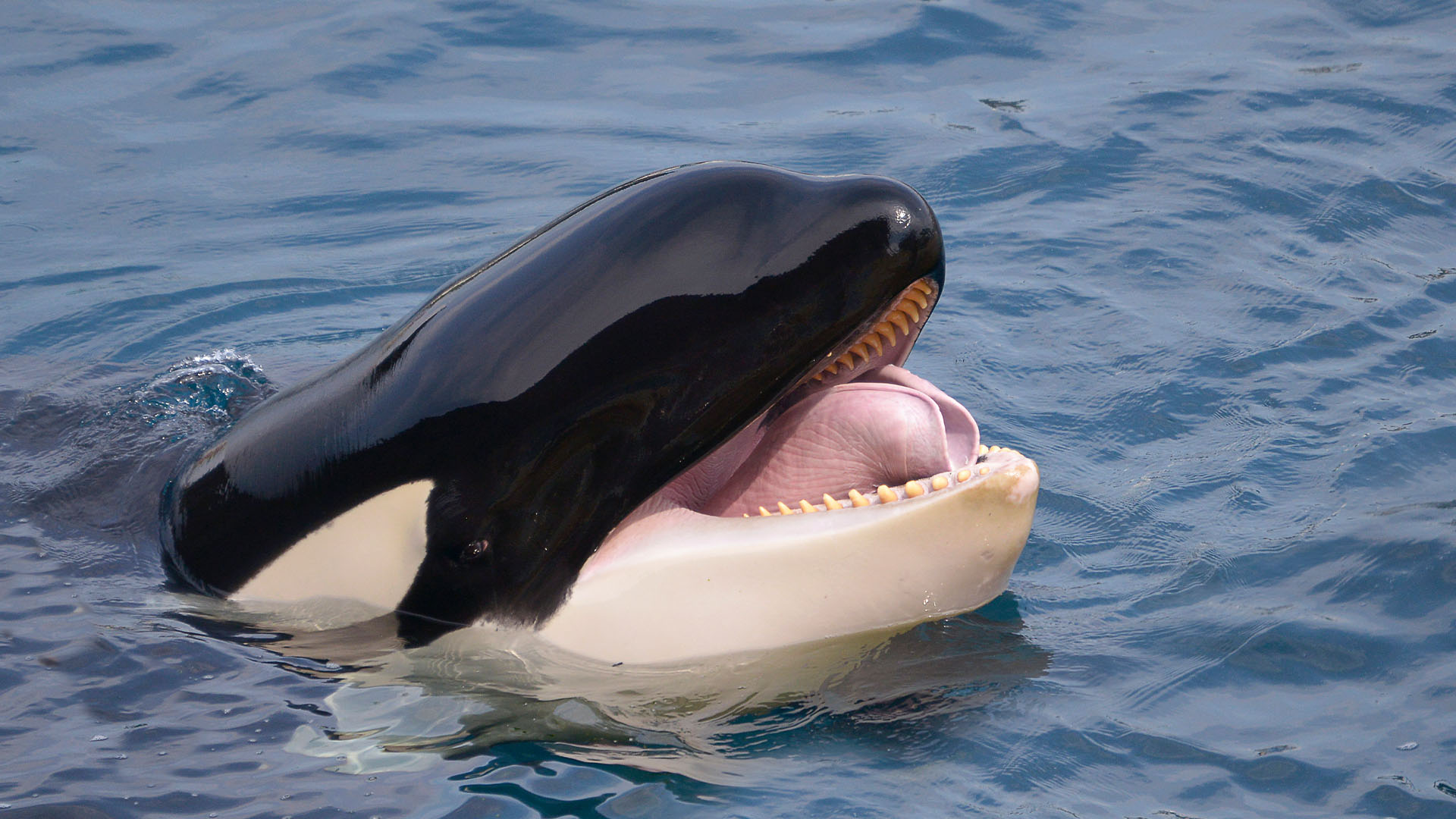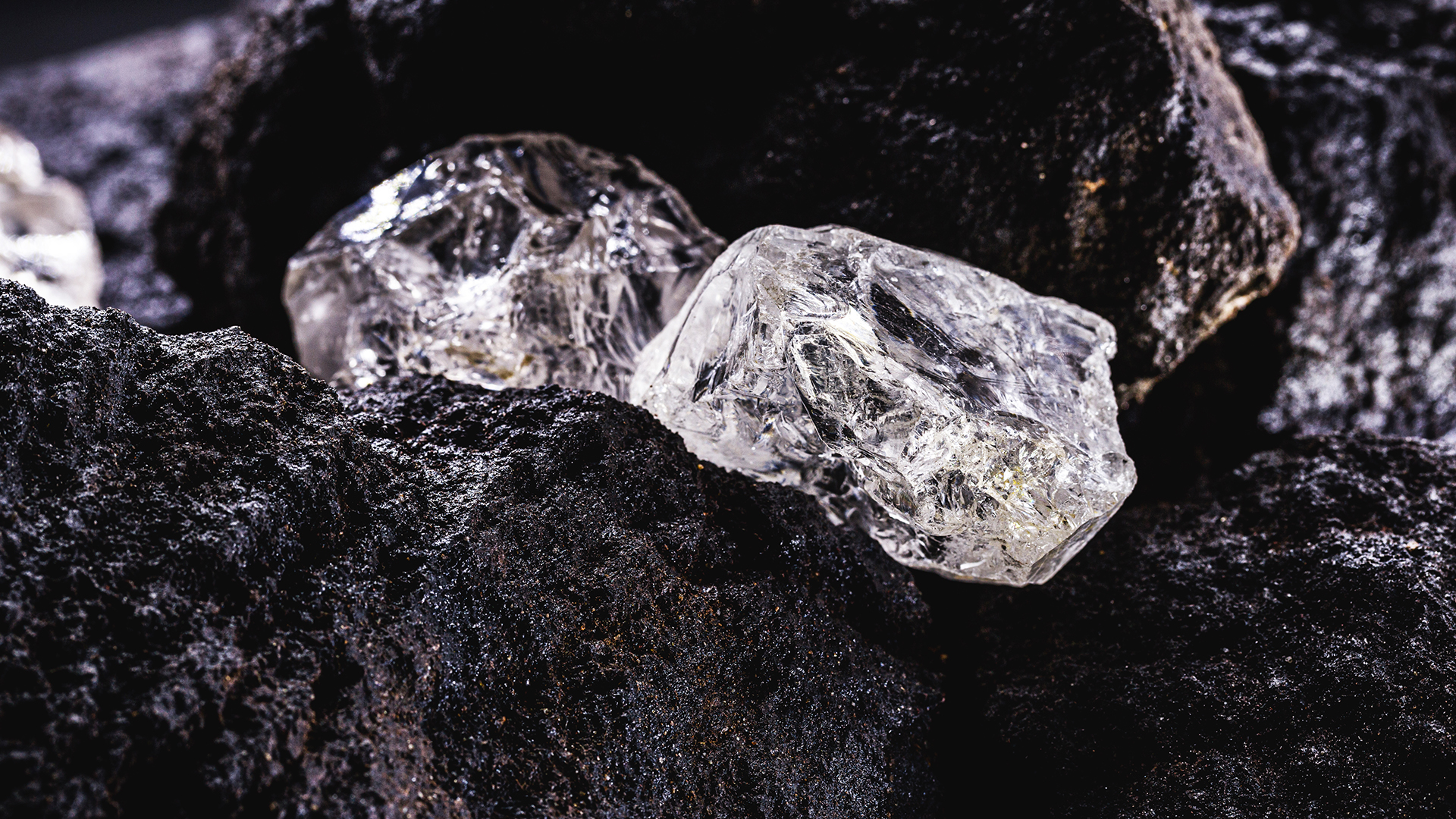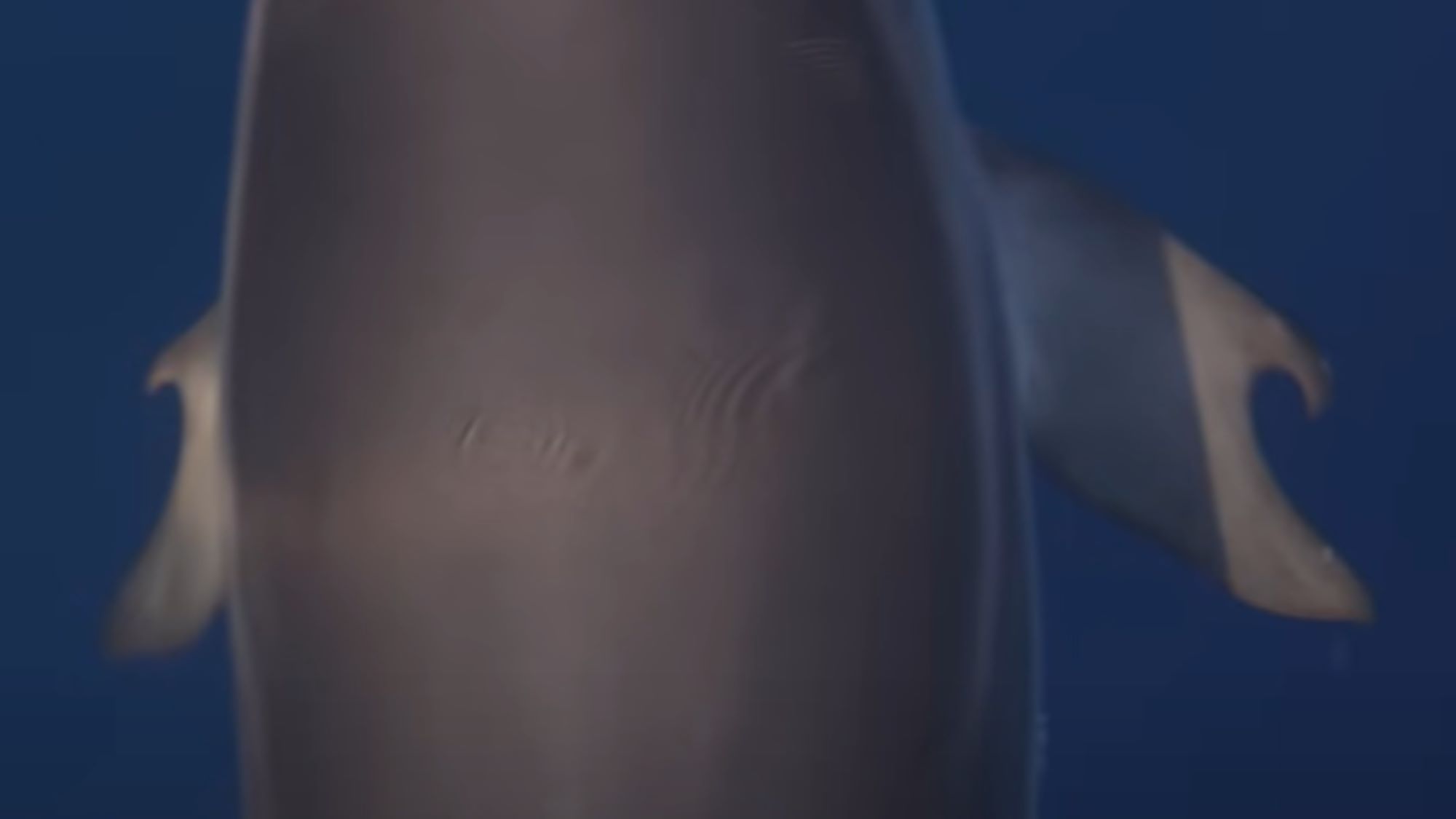
This year was all about White Gladis, the orca that became a global sensation because of her apparent hatred for boats. The orcas began ramming boats in 2020, but it wasn't clear what had kicked off this weird behavior — researchers were understandably hesitant to unpick the thoughts of a pod of killer whales.
But in May, scientists identified White Gladis as the ringleader and finally explained her motivations. Experts said a traumatic experience with a boat had flipped a switch. She started attacking boats. Others then copied her behavior and the boat-sinking saga began.
Seeing a real-time shift among a population of super-smart predators has been fascinating — and understanding that the boats and their human owners started it should make us think a little more about how we interact with our environment. The orcas were in the oceans first.
Scientists don't know what'll happen next. They're social animals and terrifying behaviors can spread among pods. Or they may just get bored of the boats and stop. We'll learn more next year.
Orcas have sunk 3 boats in Europe and appear to be teaching others to do the same. But why?

Imagine diamonds exploding from Earth in huge volcanic eruptions akin to Mount Vesuvius. That's what scientists think happened when the supercontinent Pangaea broke up — the centers of these mammoth landmasses become so stretched and thin, diamonds that have been patiently sitting beneath them come shooting up from Earth's core in a big old sparkly explosion. And Live Science will take a deeper look at what these sparkly gems can reveal about the birth and death of supercontinents in 2024, so stay tuned.
Fountains of diamonds erupt from Earth's center as supercontinents break up

A dolphin with thumbs was spotted playing in the Gulf of Corinth. What a wonderful world we live in.
See photos of the extremely rare dolphin with thumbs
Thanks for reading, looking forward to 2024!
Happy New Year!







